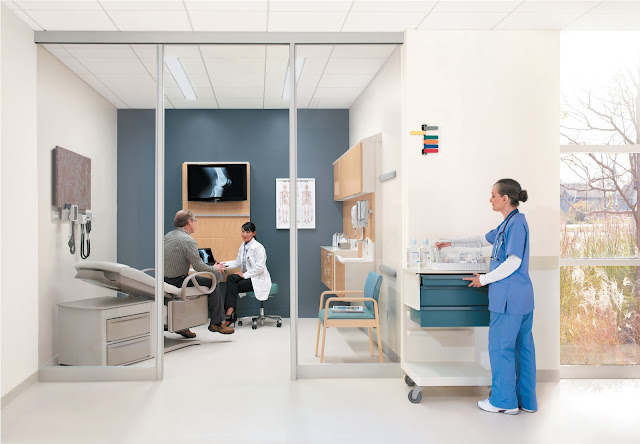Neurology Monitoring Market Is Estimated To Witness High Growth Owing To Opportunity In Remote Patient Monitoring
Neurology monitoring involves the use of medical devices, tests and imaging procedures to continuously monitor and detect neurological disorders. These monitoring devices helps in early diagnosis of neurological conditions such as stroke, epilepsy and Alzheimer’s disease. Neurological monitoring devices includes electroencephalograph (EEG) machines, sleep monitors, intracranial pressure monitors and magnetic resonance imaging (MRI) and computerized tomography (CT) scanners. Advances in neurological monitoring devices has enabled remote and wireless monitoring which provides real-time patient data helping physicians to monitor health from distance.
The global Neurology Monitoring Market is estimated to be valued at Us$ 6301.49 Mn in 2023 and is expected to exhibit a CAGR Of 5.5% over the forecast period 2023 To 2030, as highlighted in a new report published by Coherent Market Insights.
Market Opportunity:
Remote patient monitoring in neurology saves costs associated with hospitalization and clinic visits. It allows continuous monitoring of patients at home using wireless monitoring devices. This provides early detection of changes in patient's condition and prevent emergency situations. With rising geriatric population suffering from neurological disorders, remote monitoring can help improve their quality of life by enabling independent living with remote supervision. Advancements in wireless communication and mobile technologies provide opportunities to expand neurology remote monitoring globally. This present lucrative opportunity for neurology monitoring market players to develop affordable remote monitoring solutions and services.
Porter’s Analysis
Threat of new entrants: The neurology monitoring market requires high capital investment for equipment and infrastructure to establish. Strict regulations for setting up medical facilities also pose barriers. However, advancements in portable monitoring devices can lower entry barriers.
Bargaining power of buyers: Individual patients have low bargaining power due to inelastic demand for essential neurology services. However, large hospitals and institutions can negotiate on price and demand innovation from suppliers.
Bargaining power of suppliers: Specialized equipment makers dominate the supply chain. Suppliers of raw materials like sensors face low threat as technology providers lack alternatives. Suppliers indulge in competitive pricing and service quality to attract buyers.
Threat of new substitutes: Alternatives like miniaturized wearables and smartphone-based devices exert pressure. However, substitutes cannot fully replace medical-grade monitoring in clinical settings due to efficacy and regulatory constraints.
Competitive rivalry: The market has numerous global and regional players. Intense competition on factors like technology, pricing, and service quality forces companies to invest in R&D to gain market share.
SWOT Analysis
Strengths: Non-invasive devices provide convenient solutions. Growing patient awareness increases demand. Technological advances enable minimally invasive procedures.
Weaknesses: High equipment costs burden consumers. Strict regulations delay product approvals. Shortage of neurologists in developing regions.
Opportunities: Rising incidence of neurological disorders expands market. Untapped potential in developing countries present opportunities. Integration with AI and IoT can enhance efficiency.
Threats: Reimbursement issues in some countries pose challenges. Economic slowdowns impact healthcare spending. Threat from alternative therapies in some cases.
Key Takeaways
The Global Neurology Monitoring Market Demand is expected to witness high growth over the forecast period of 2023 to 2030. The market size for 2024 is estimated to be US$ 6301.49 Mn growing at a CAGR of 5.5% over the stipulated period.
Regional analysis depicts that North America dominates the global Neurology Monitoring market currently. Growing prevalence of neurological disorders, strong healthcare infrastructure, and early technology adoption drive the region's market. However, Asia Pacific is anticipated to register the highest growth rate owing to rising healthcare expenditure, increasing patient pool with neurological diseases, and growing medical tourism.
Key players operating in the neurology monitoring market are Medica Group Plc., Dignity Health, InHealth Group, Alliance Medical, RadNet, Inc., Sonic Healthcare Limited, and Global Diagnostic Imaging, among others. These players are engaged in new product launches, mergers, partnerships and adoption of advanced technologies to strengthen their market presence. For instance, Medica Group Plc recently partnered with Brainomix to deploy AI platforms across their neurology facilities.
Get more insights on this topic :




Comments
Post a Comment